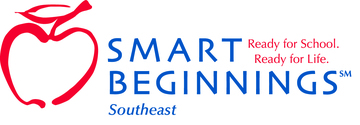Duke studies the virtues of preschool
Preschool and other early childhood programs have been studied and analyzed and yes, criticized by some Republicans in North Carolina in particular. Because Smart Start, the early childhood program created by Gov. Jim Hunt, and More at Four, the prekindergarten initiative of Gov. Mike Easley, were the causes of Democrats, partisanship has sometimes been in play when funding for those programs was under the scope.
More at Four’s name was even changed, to NC Pre-K.
The programs are mightily important in a state such as North Carolina, where lower-income families and their children need the boost that early childhood programs provide. Those efforts, advocates have said time and again, give kids from disadvantaged and lower-income homes a leg up on education. With early help, they can enter kindergarten and first grade with a better chance for success, because they are more accustomed to the educational environment when they get there.
Children from homes where both parents have to work full-time to provide for them often don’t get early help in reading and other skills, not because their parents don’t want to engage in such activity but because they just don’t have the time.
So it stands to reason that prekindergarten programs could make a difference.
Well, it turns out they do make a difference, according to a good study from Duke University researchers.
The research of data pertaining to more than 1 million North Carolina public school students born between 1988 and 2000, which included kids in the Smart Start and More at Four programs, showed that those children did better all the way through elementary school.
So it follows naturally that they also did better later on in school.
Said Professor Kenneth Dodge, who works in public policy, psychology and neuroscience, “These programs in North Carolina are having the impact they were intended to have. These are investments worth making.”
The programs, for example, reduced the odds that children would wind up in special education. And those children who’d been through one of the programs made significant gains in reading and math skills and did better on tests measuring those skills.
Here’s just one heartening statistic: More at Four participants had their chances of placement in special education reduced by 48 percent in fifth grade.
It works. It all works.
And the study showed that the public’s investment in both programs totaled $2,200 per child during the 13-year period of the study.
That’s a bargain by any definition. And it underlines the need for the state to ensure that all at-risk youngsters have access to these programs, which would take more of an investment from the General Assembly. This kind of productive, and proven effort ought to be non-partisan, something all elected officials can stand behind and support.


